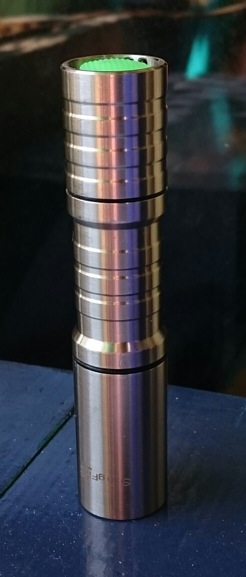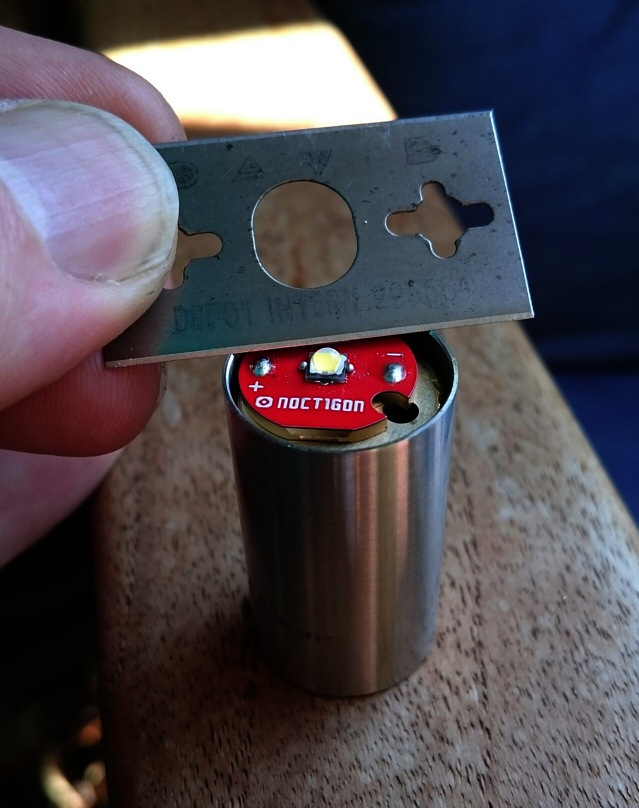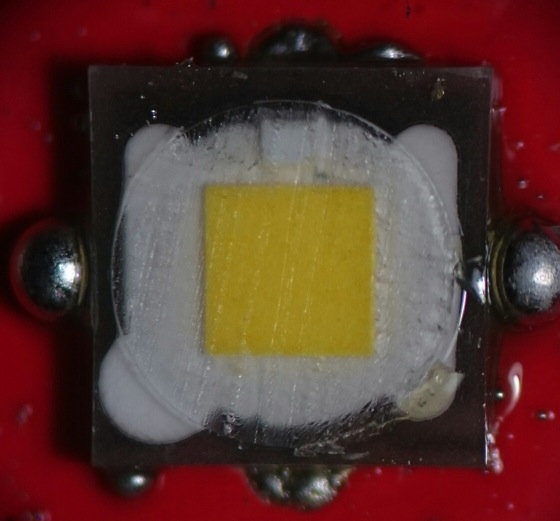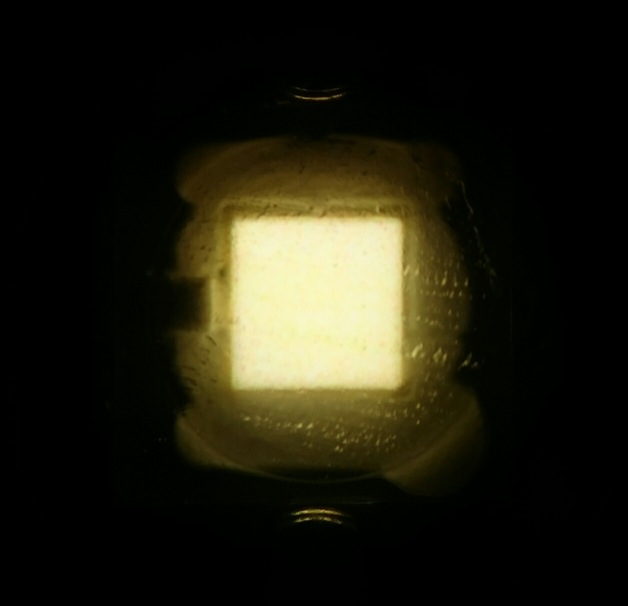Sorry, I had completely missed where you had asked about CRI measurement before I last posted. I have a tendency to catch the start/end of threads when I’m in a hurry to read. I need BLF-subscribed posts on a 24/7 audio translated PA stream that I can listen to as they come in over horn speakers throughout my home and shop. :bigsmile:
OK, to explain this, you must first understand how difficult it can be for one to fully explain. Even the simple answer of a yes or no, it’s always dependent on a few different refractive properties, phosphor thickness, bonding, sealing layer contour, etc etc. IMO, I think a good de-dome is still going to change CCT noticeably enough. However if you read on…
We deal with two primary rating systems: CCT & CRI. We expect CCT to directly impact CRI-rating, in some reasonably predictable fashion. People go as far to assume this is an automatic change and the two are linked. We know CCT will change with a de-dome, and that means a CRI change. Well, technically that is not true. CRI is independent.
About the CRI, first of all. The latest “news flash” of high-lux LEDs that also have a “high CRI” rating is something we mostly have not been used to seeing or hearing about—especially when our focus gets affixed on CREE LEDs and their numbers. These trends tend to form opinions about CRI with some mistruths involved about de-doming. I would highly recommend that you read this webinar from OSRAM Opto, about the entire nature of CRI, and newer CRI rating types which exist (Ra, R9), that take things like color saturation into consideration, as well. This PDF will help many better understand how “CRI” is developed, what “CRI” actually is telling us, and also how effective the CRI rating system can and cannot be across the large scope of all available LED choices out there.
The PDF webinar is for download here: CRI Sources Explained
So even though intensity increases, and CCT will change, the same colors are technically still there in the LED. Those individual wavelength regions are further influenced by lens design, such as if the lens collimates all available colors at the same image projection without throwing some color away, due to aberration, for example.
I have a method I feel might possibly work. I have a 50”x50” fresnel lens in a frame, with a white wall near the back. The effect is interesting, because the fresnel seems to take on the full tint of the projection, and it is this displayed, like a TV channel. So I’ve wondered about the Adobe CIE color system combined with “RAW” photos. Let’s say I aim the camera so that the entire image is the fresnel lens lit by an LED projection, the photo should measure the tint, to some degree better than a human eye I would expect. This data can then be seen in Adobe. So I would setup, take a few baseline images, then de-dome, redo the test, and see what Adobe says the new CIE data is composed of. Seem or sound logical? I haven’t tried this yet, until I realized how well the entire surface took on the tint, even if hit by a 3x3” square of light, the entire lens still glows evenly. I could do some tests, but I haven’t thought this all the way through, so I don’t know if it truly is a good idea to start doing. I suppose it’s better than catching the pure hotspot alone in a photo and trying to analyze that—then other tints are involved (from small objects, wall reflections, etc) and would create erroneous (though possibly minute) extra color data.
I will try it, but must get some bezels turned out right now. Cerakote runs in the morning. Won’t be tonight.
![]()








 I tried twice with a hot method (did not post about the second attempt), the first try was a total failure (see somewhere above), with the second try I managed to clear most of the silicone but a messy layer was leftover on top of the die, but with the led still working, and I think it will do the job (tint alteration and increased illuminance of the die). It was not something I would dare to sell…
I tried twice with a hot method (did not post about the second attempt), the first try was a total failure (see somewhere above), with the second try I managed to clear most of the silicone but a messy layer was leftover on top of the die, but with the led still working, and I think it will do the job (tint alteration and increased illuminance of the die). It was not something I would dare to sell…